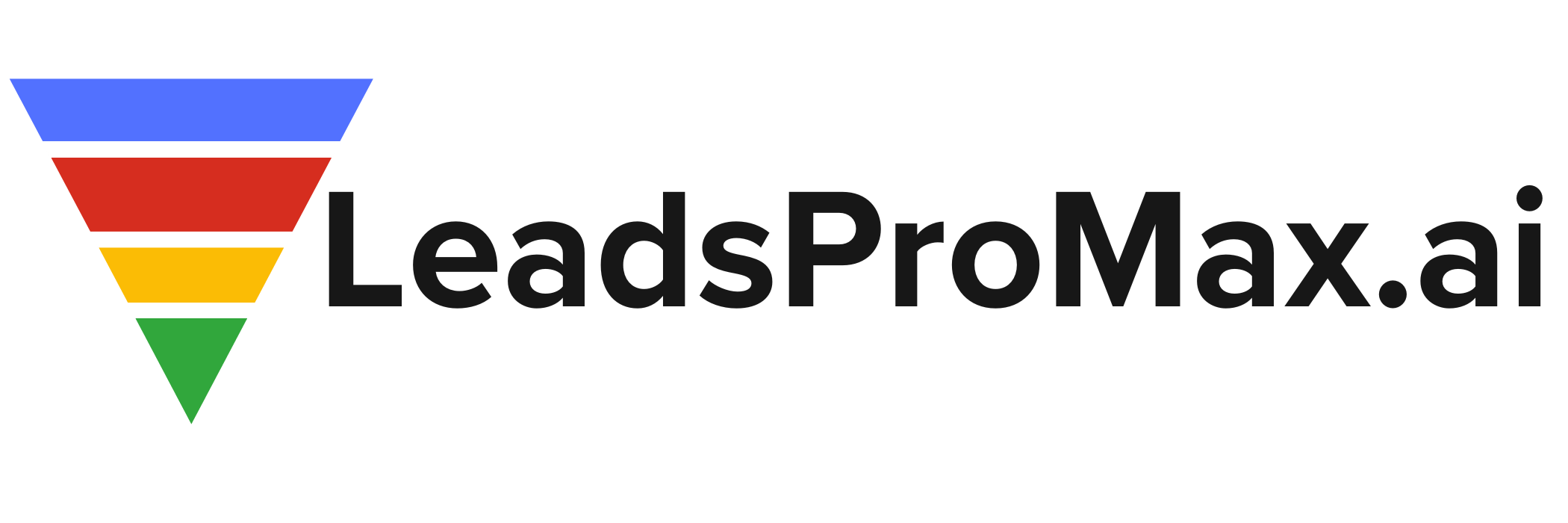The Future of Healthcare: Embracing Predictive Analytics for Better Outcomes
In the rapidly evolving landscape of healthcare, predictive analytics has emerged as a game-changer, transforming the way we approach patient care, financial management, and operational efficiency. As the industry grapples with rising healthcare expenditure, the prevalence of chronic diseases, and the need for personalized medicine, predictive analytics offers a powerful solution to address these challenges head-on.
The Exponential Growth of Healthcare Predictive Analytics
The healthcare predictive analytics market is experiencing an unprecedented boom, with projections indicating a staggering growth trajectory. According to recent reports, the market is expected to reach a valuation of USD 14.42 billion to USD 20.95 billion by 2024[1][2], and further soar to USD 21.78 billion to USD 25.85 billion by 2025[1][4]. Looking ahead, the market is projected to reach a staggering **USD 70.43 billion by 2029**[1], over USD 103.6 billion by 2032[2], and approximately USD 119.56 billion by 2033[4].
This explosive growth is driven by a compound annual growth rate (CAGR) ranging from 23.4% in the short term[1] to an impressive 24.5% over the next several years[2][3]. These figures underscore the immense potential and widespread adoption of predictive analytics in the healthcare industry.
Navigating the Predictive Analytics Landscape
To fully comprehend the impact of predictive analytics in healthcare, it is crucial to understand its various components and applications. The market is segmented into software and services, with software holding a larger share[4]. This includes both standalone and integrated platforms[1], catering to the diverse needs of healthcare organizations.
Predictive analytics finds applications across a wide spectrum of healthcare domains, including **clinical, financial, operational, and population health management**[1][2]. Hospitals, insurance companies, and pharmaceutical companies are among the key end-users leveraging the power of predictive analytics to improve patient outcomes, optimize resource allocation, and drive innovation[2].
Driving Forces and Challenges
Several factors are propelling the adoption of predictive analytics in healthcare. The rising prevalence of chronic diseases, coupled with increased healthcare expenditure, has created a pressing need for proactive and personalized care. The integration of artificial intelligence (AI) and machine learning algorithms has further enhanced the capabilities of predictive analytics, enabling more accurate and timely insights. Moreover, supportive government initiatives and regulations have fostered a conducive environment for the growth of this technology[1][3].
However, the path to widespread adoption is not without obstacles. Data privacy and security concerns remain a significant challenge, as healthcare organizations grapple with the need to safeguard sensitive patient information. Additionally, the shortage of skilled professionals with expertise in data analytics and AI presents a hurdle that must be addressed through training and education initiatives[2].
Regional Dynamics and Opportunities
The healthcare predictive analytics market exhibits distinct regional characteristics and growth prospects. North America currently dominates the market, owing to its advanced healthcare infrastructure and high healthcare spending[3][4]. The region’s emphasis on precision medicine and personalized care has further fueled the adoption of predictive analytics.
Europe, on the other hand, is witnessing a growing demand for precision medicine, driven by increasing healthcare expenditure and a focus on improving patient outcomes[3]. The Asia-Pacific region is emerging as the fastest-growing market, thanks to rising healthcare expenditure, technological advancements, and a growing population[3]. Countries like China, India, and Japan are at the forefront of this growth, presenting significant opportunities for market players.
Embracing the Future of Healthcare
As the healthcare industry continues to evolve, predictive analytics will play an increasingly vital role in shaping its future. By harnessing the power of data and advanced analytics, healthcare organizations can unlock new avenues for patient care, operational efficiency, and financial sustainability.
To stay ahead of the curve, industry stakeholders must invest in cutting-edge technologies, foster collaborations, and prioritize data-driven decision-making. By doing so, they can position themselves as leaders in the healthcare predictive analytics market and contribute to the transformation of the healthcare landscape.
The future of healthcare is here, and predictive analytics is at the forefront of this revolution. Embrace the change, and be part of the movement that is redefining the way we approach healthcare.
#HealthcareAnalytics #PredictiveAnalytics #HealthcareInnovation
-> Original article and inspiration provided by ReviewAgent.ai
-> Connect with one of our AI Strategists today at ReviewAgent.ai

